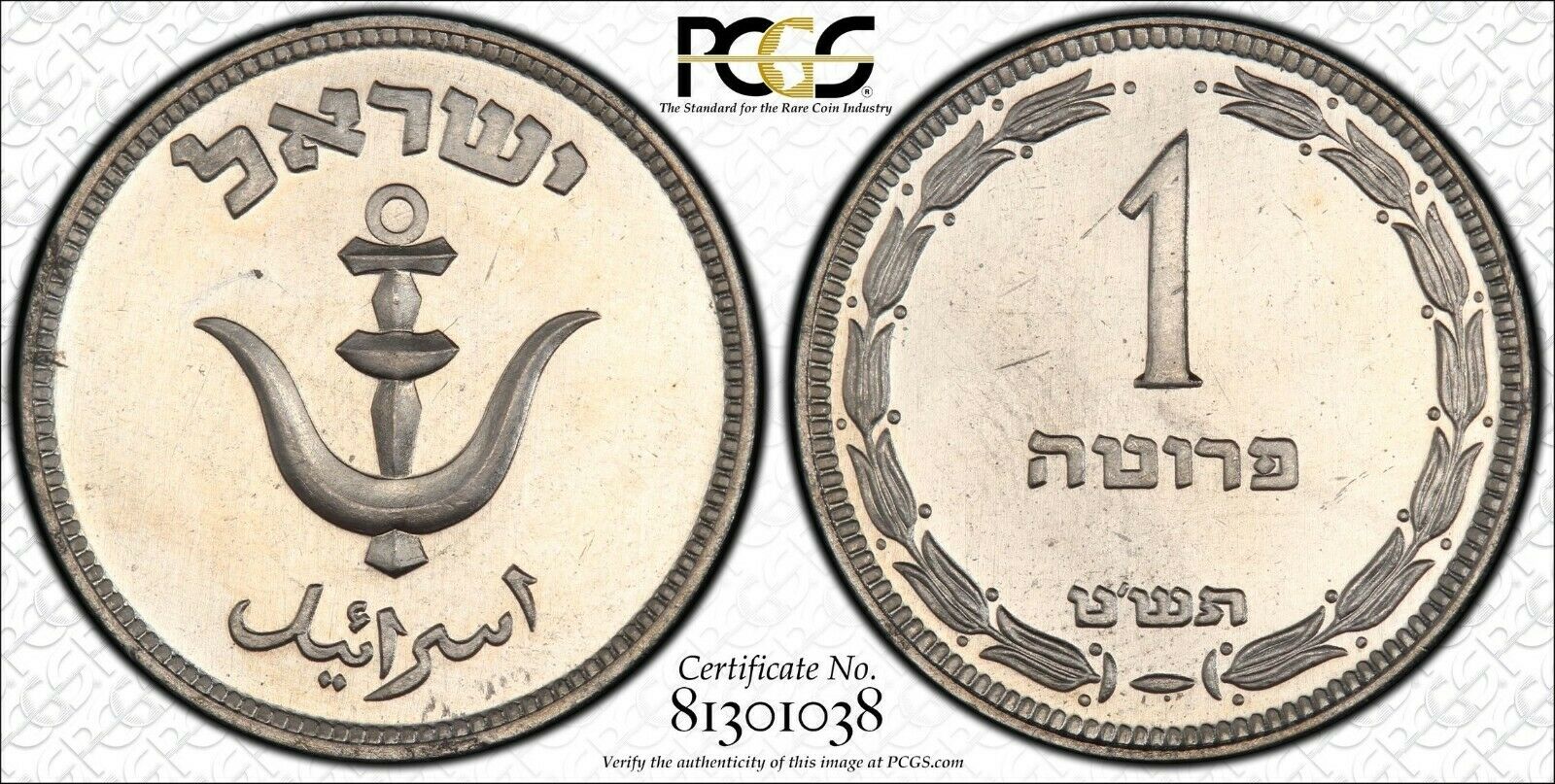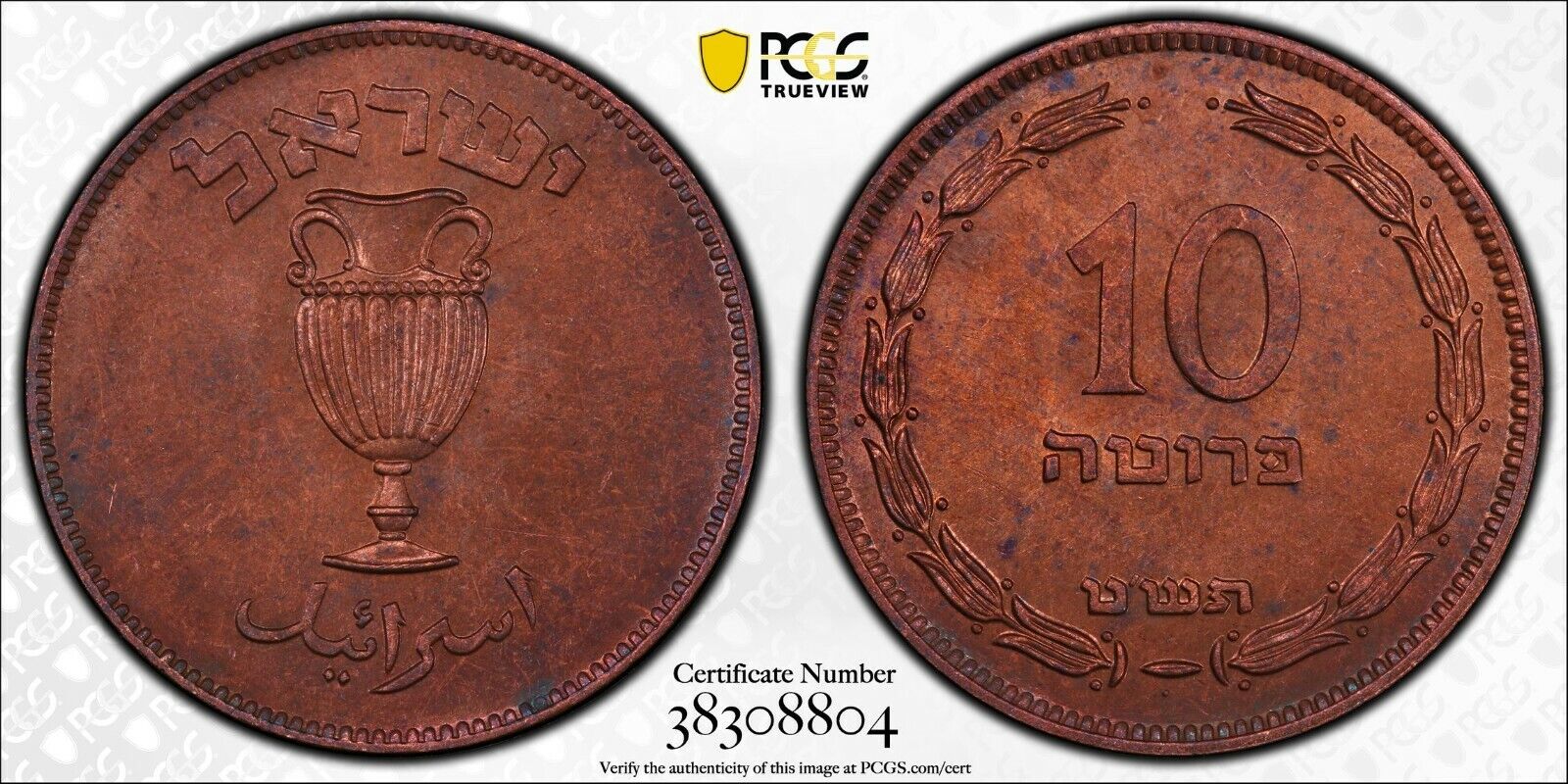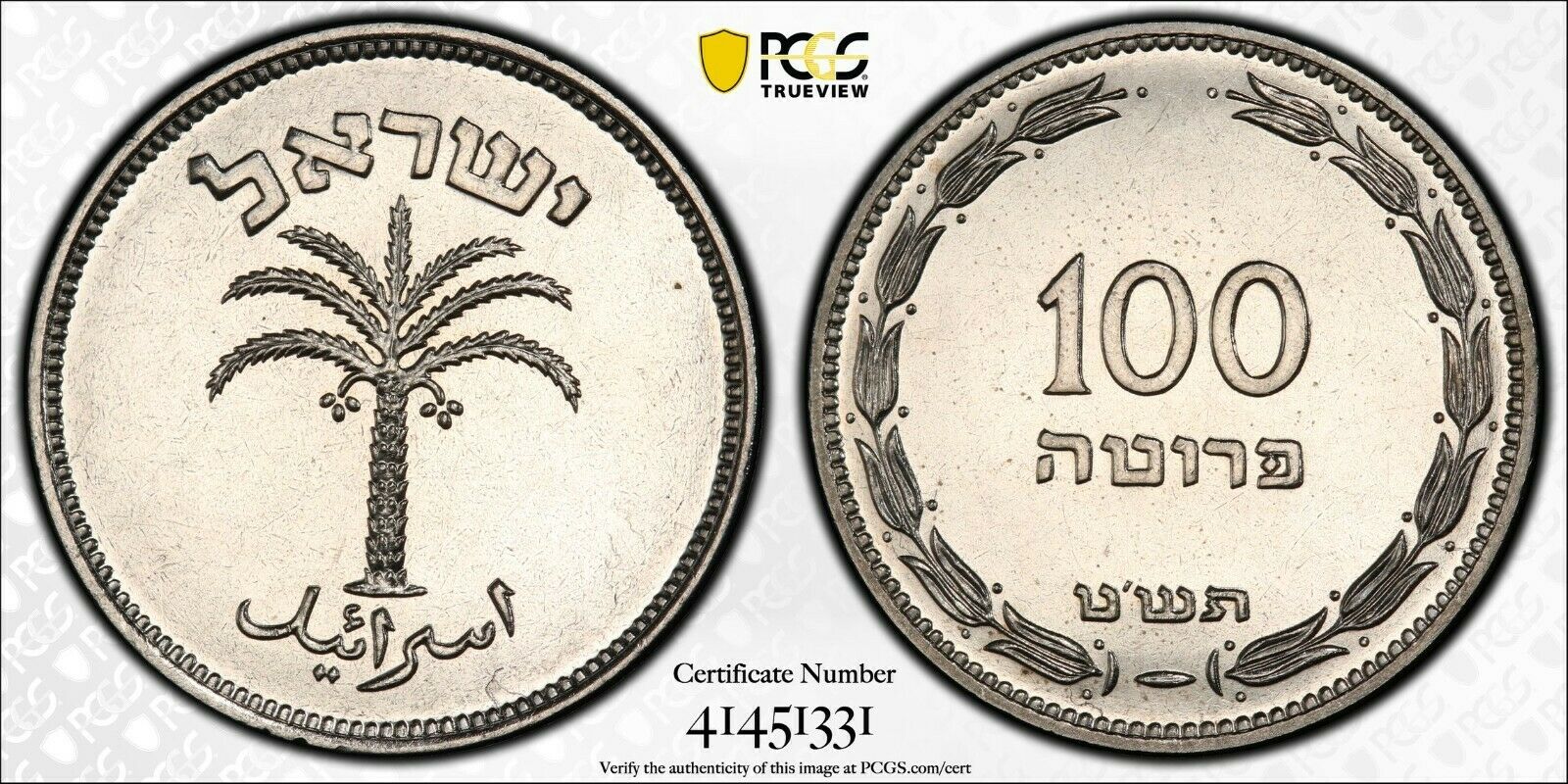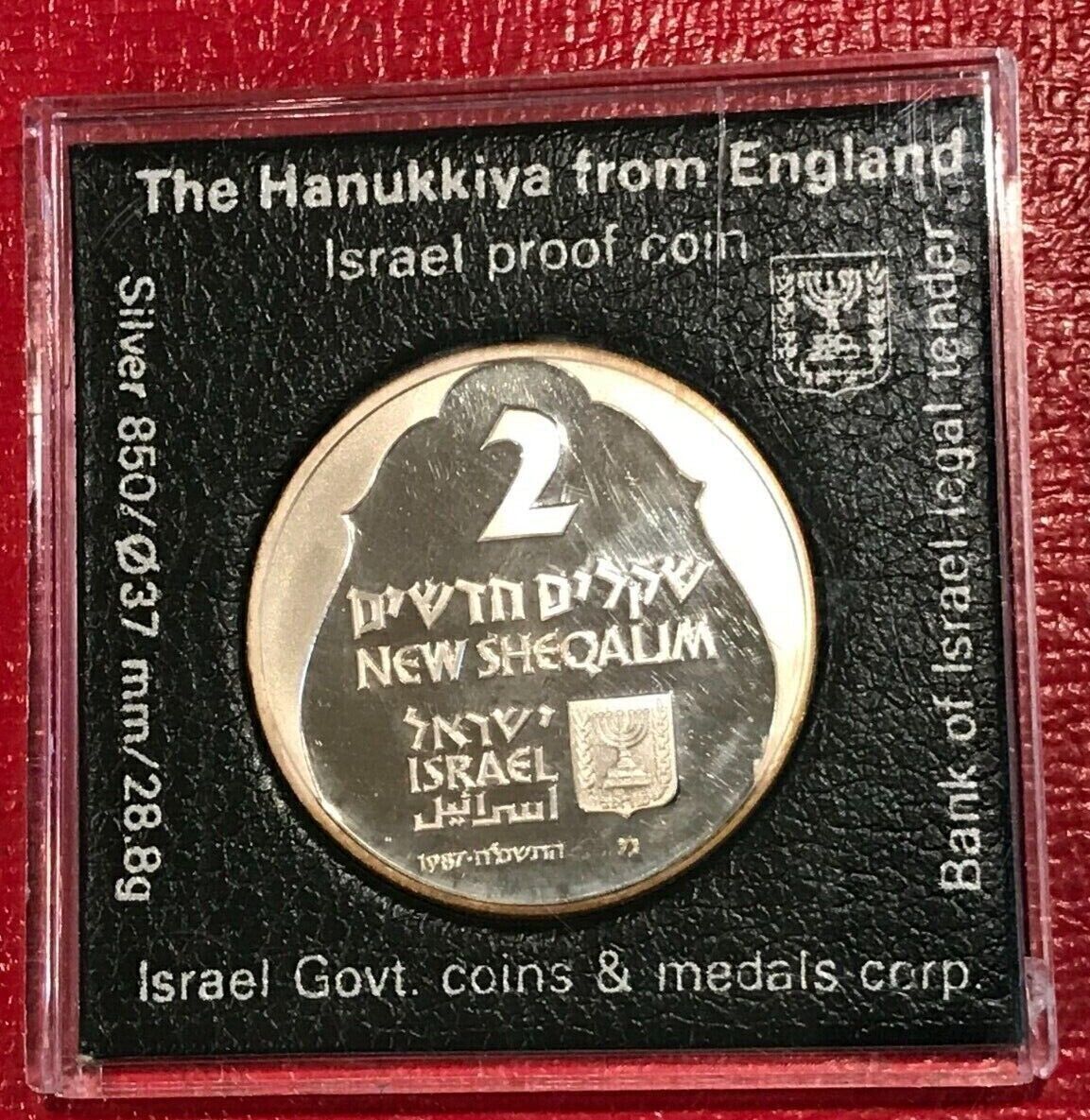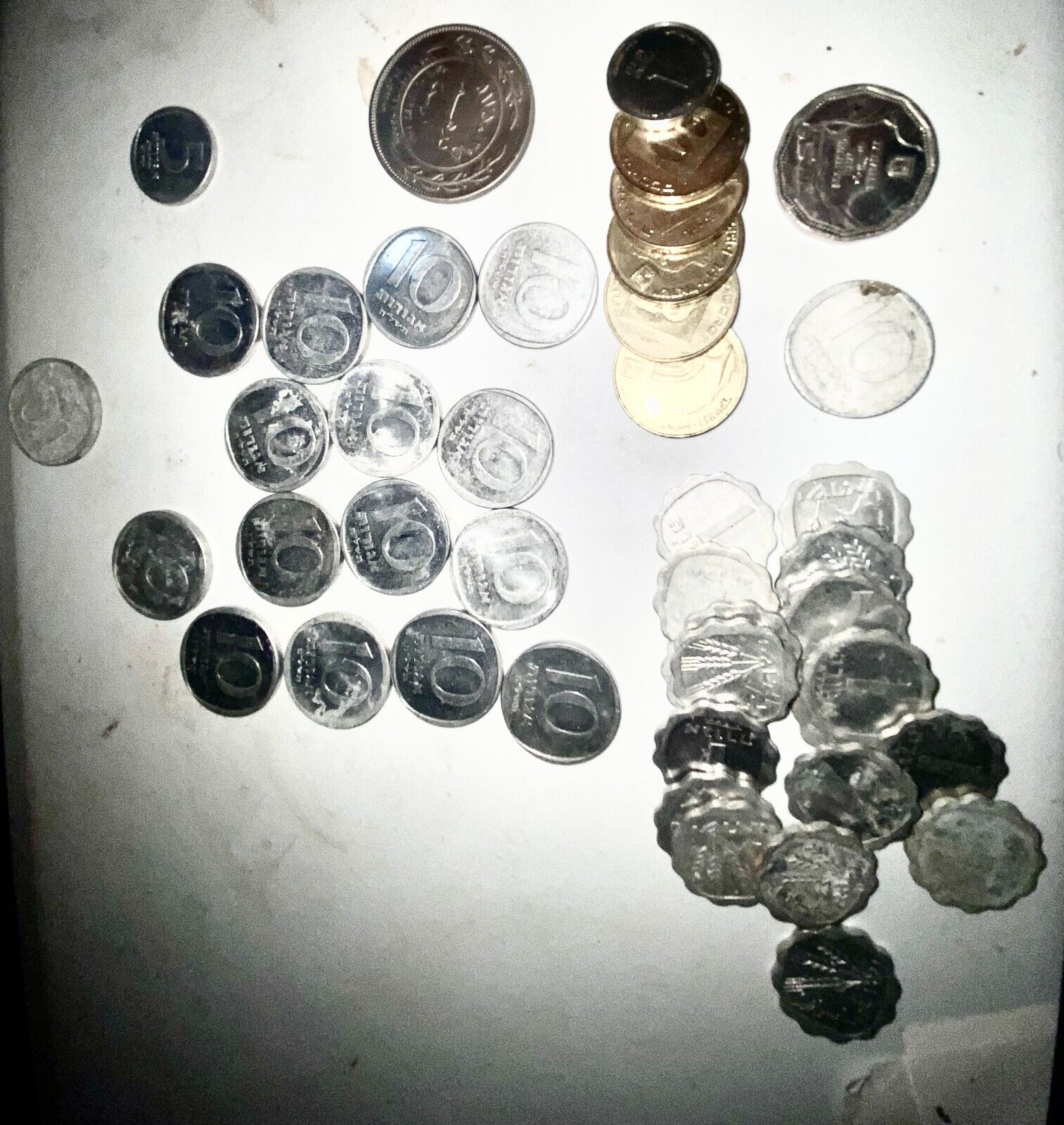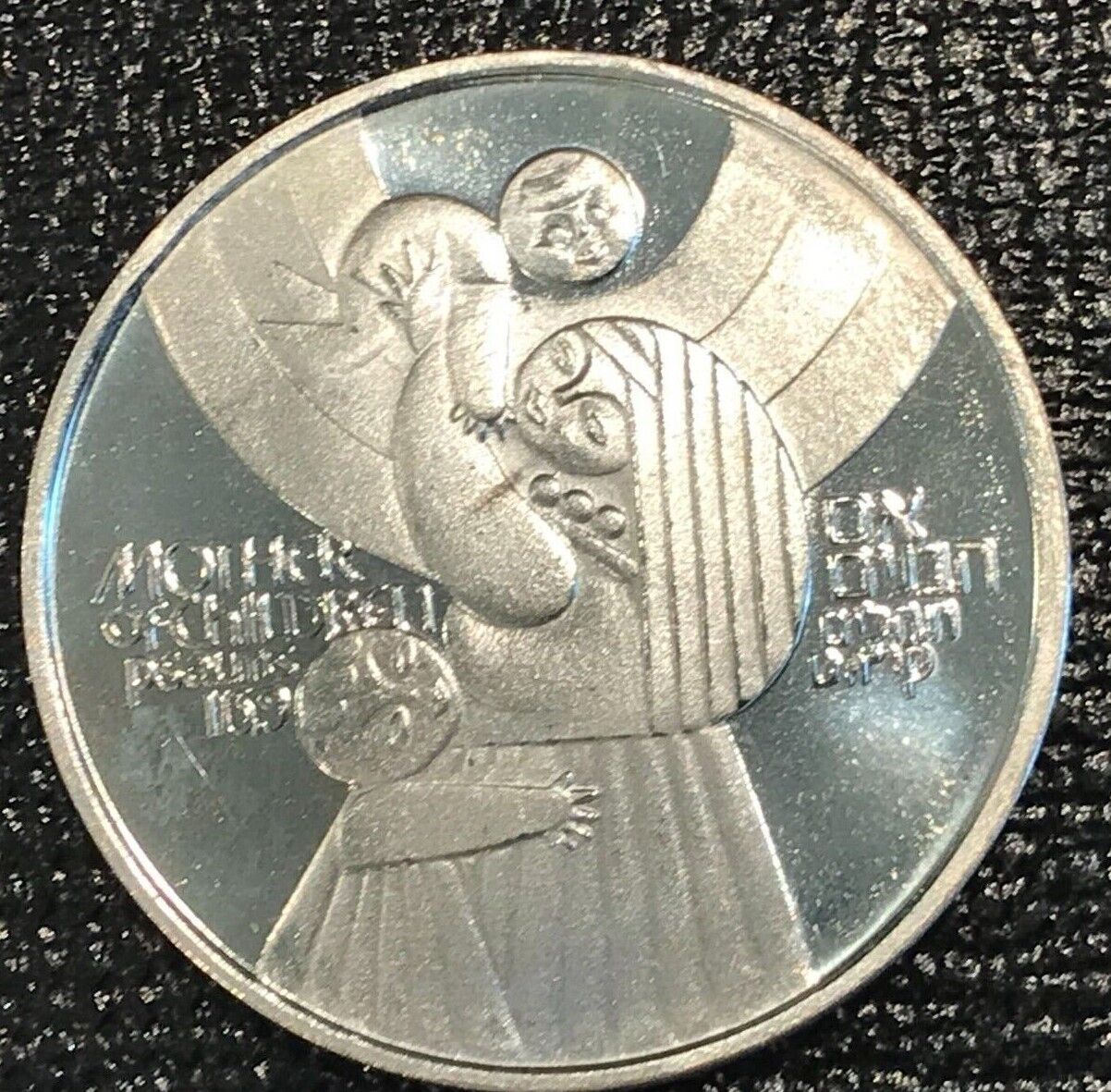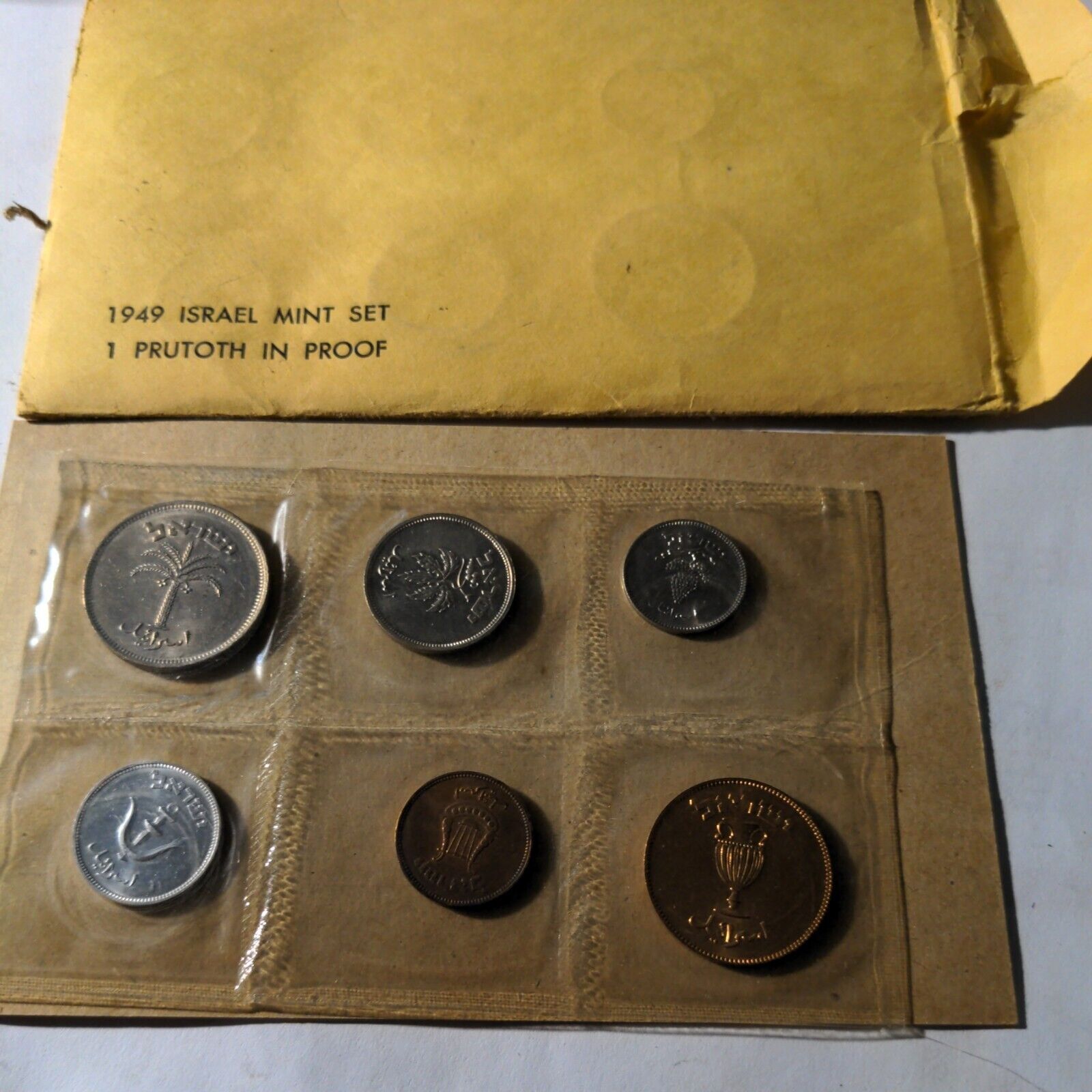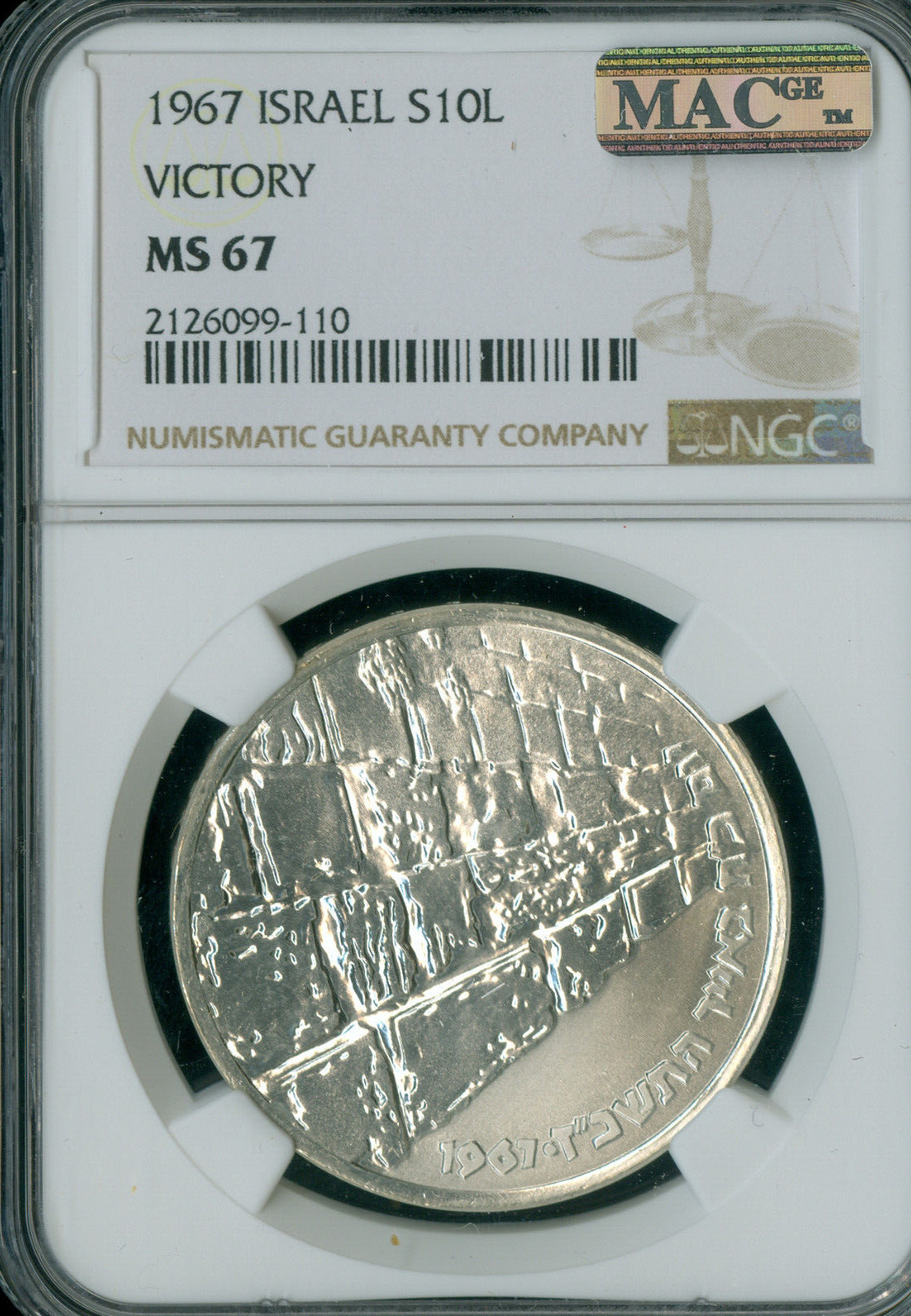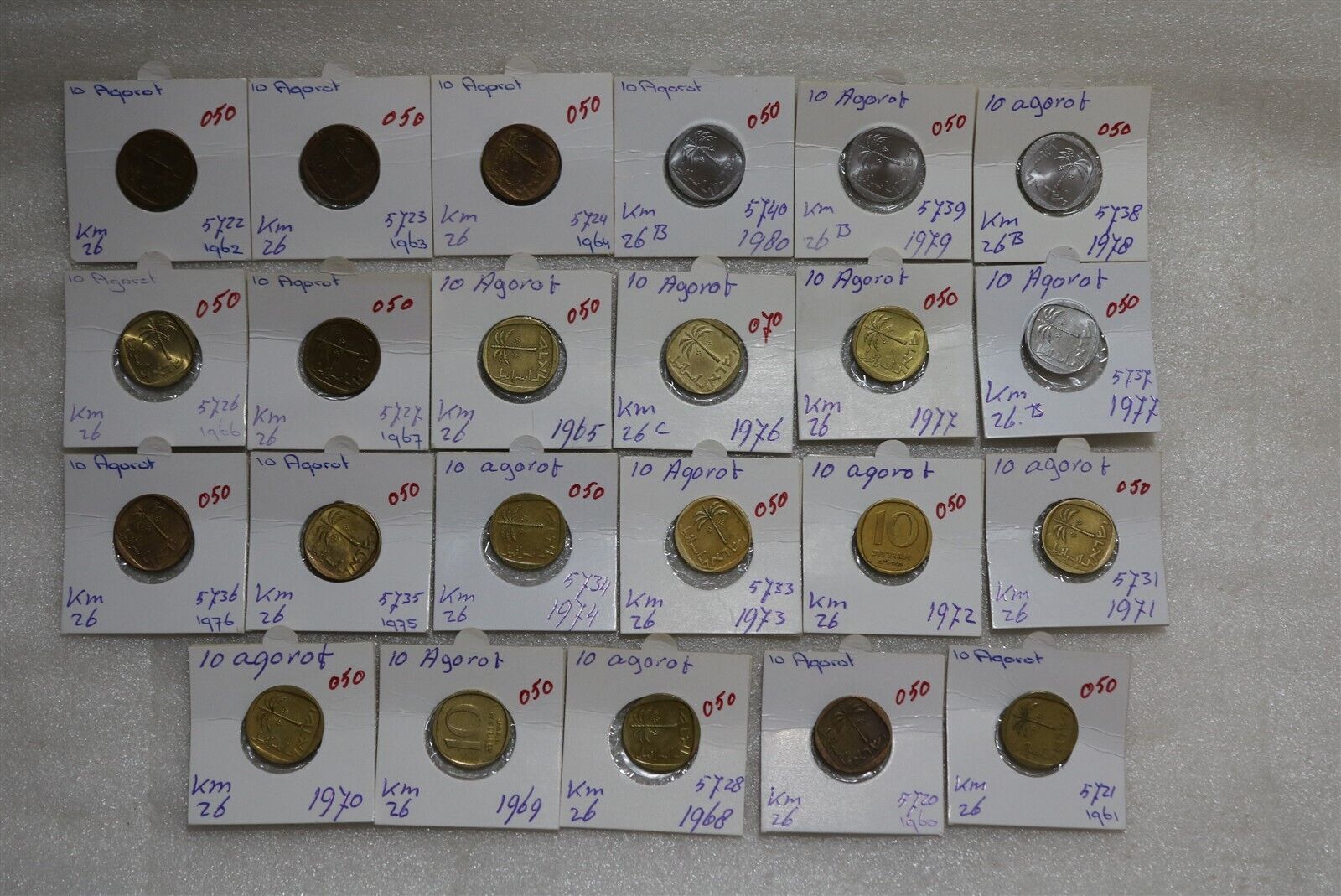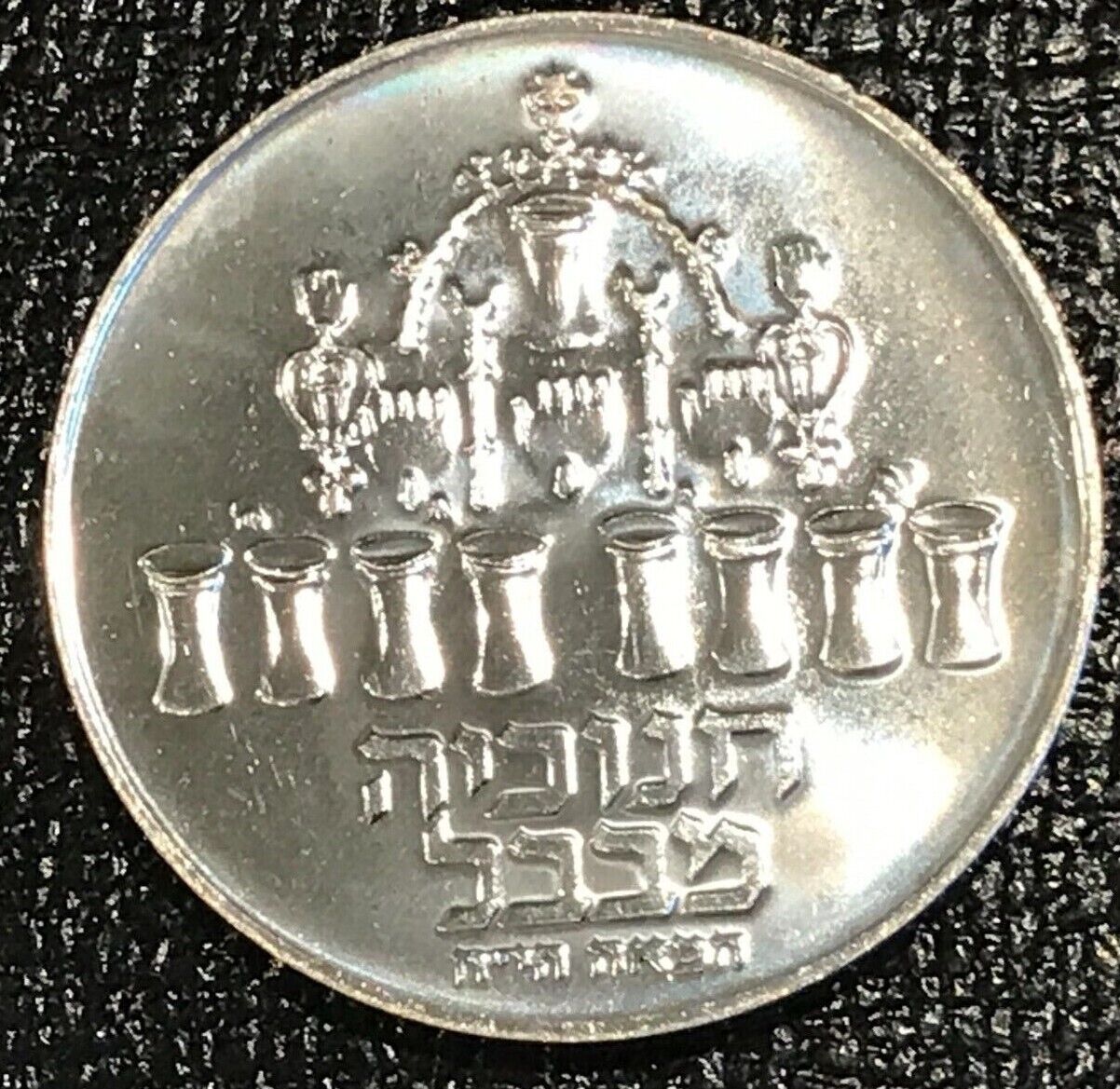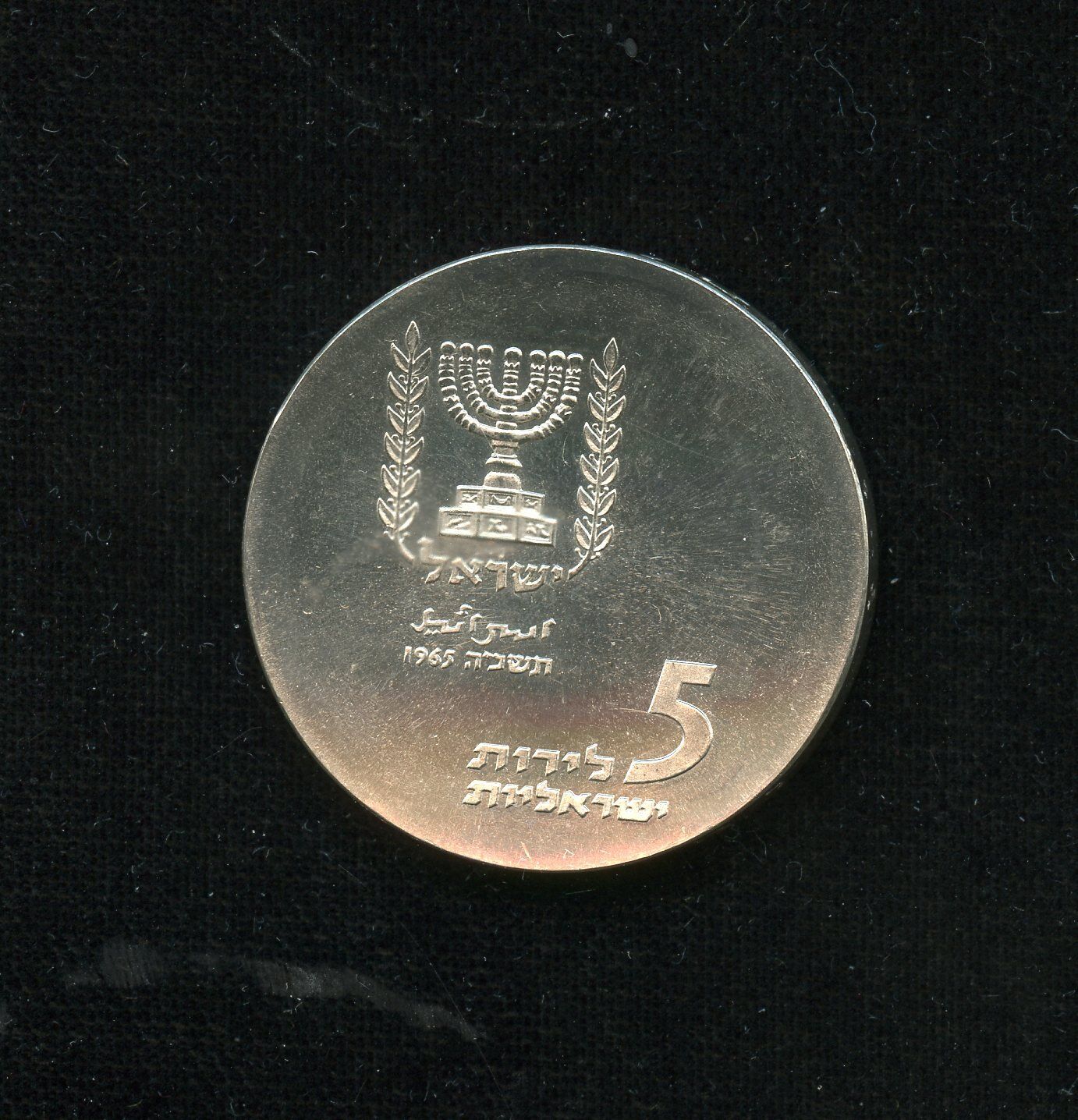-40%
1949 Israel King Norton 4 Pruta Pieces - 1, 5, 10, 100 Pruta PCGS SP/PR
$ 871.2
- Description
- Size Guide
Description
A set of 4 highly graded early dated Israeli coins from the King Nortons Mint/1949 1 Pruta with Pearl Variety King Nortons Mint Archives PCGS
PCGS PR-64
1949 5 Pruta with Pearl Variety King Nortons Mint Archives PCGS
PR-65 BN (STUNNING)
1949 10 Pruta with Pearl Variety King Nortons Mint Archives PCGS SP-64 RB
1949 100 Pruta King Nortons Mint Archives PCGS SP-64
Most coin collectors are familiar with the activities of the British Royal Mint. They are usually less aware of the important role in supplying the world with currency played by the country?s second city and industrial heart, Birmingham. It has always been a place where private mints thrived. In the early days these tended to be secretive back street operations where to put it politely they produced coins of an unofficial nature. In effect Birmingham acted as the forging capital of the world. Later these undoubted skills were put to more legitimate use with the formation of private mints run by individuals of great integrity. This ability to inspire trust allowed them to attract commissions from their own and foreign Governments. Between 1790 and 1849 the Boulton family operated the Soho Mint. Immediately after its closure Ralph Heaton and his sons took over the mantle of running a mint which later took the title of the Birmingham Mint. In 1860 James Watt & Co. established a mint which coined on and off for the next twenty years. This firm was hardly newcomers to the trade since they were formerly known as Boulton & Watt before they lost the right to use the Boulton name. For the past two centuries these Birmingham firms have exported mints, minting expertise, coins and blanks. By this accomplishment they have succeeded in making a substantial contribution to oiling the wheels of the world?s commerce.
Just prior to the First World War a new company entered the fray, the Kings Norton Metal Company. In 1912 they were awarded a contract to supply the Royal Mint with bronze blanks, effectively breaking a monopoly previously held for many years by the Birmingham Mint. A coinage order quickly followed and in 1914 they struck a coinage for British West Africa bearing a K mintmark for Kynoch, the place of manufacture. The future of the Company was bright as they joined the Birmingham Mint in the sharing of Royal Mint contracts. These coins would bear the more familiar KN mintmark for Kings Norton. Mention should be made of a few exceptions to this rule. Although the Birmingham and Kings Norton Mint were rivals they were friendly rivals and at times shared contracts. Taking the coins of Sarawak as an example the Birmingham Mint dies were dispatched across the city and the coins even though carrying the famous H mintmark were struck at Kings Norton.
In 1926 the Kings Norton Metal Company became part of Imperial Chemical Industries (ICI) and in 1962 was reorganized as part of Imperial Metal Industries Limited (IMI). Two years later a consortium was formed of the Royal Mint, Birmingham Mint and Kings Norton Mint to bid for coining work. This partnership operated well for a number of years until difficult market conditions rendered it apart. With coinage contracts difficult to find the three firms went their independent ways. In 1992 this culminated in IMI making a hostile takeover of the Mint Birmingham Ltd. In terms of minting capacity this was a reverse takeover with the smaller mint taking charge of the larger mint. As a result of this change IMI closed their own minting facility.
Over the years between 1914 and 1991 the Kings Norton Mint struck coinages for at least 89 countries ranging alphabetically from Algeria to Zimbabwe. In a geographical sense they exported coins to six of the seven continents only missing out on Antarctica. One suspects that here they were deterred not so much by the icy wastes, since they counted Iceland amongst their clients, but rather by the lack of population!
Like many mints in the world the Kings Norton Mint had a habit of keeping a few examples of each coinage they struck as part of their records. In 2005, prior to the disposal of the IMI Archive Collection, I had the pleasure of being asked by IMI to arrange their collection and to separate and value two specimens of each coin intended for Birmingham Museum & Art Gallery. For a week I was like the proverbial child in a sweet shop as I spent a fascinating time ensconced in a large IMI strong room discovering small packets of coins in various cupboards and a large safe. I am pleased to report that at the conclusion of these efforts the coins set aside for Birmingham Museum & Art Gallery were very generously gifted to them even though they were valued at a considerable five figure sum. One can obtain an excellent overview of the content of the Archive Collection by a study of the holding gifted to Birmingham Museum. It contains a handful of different patterns and uniface trial pieces but the vast majority of the coins are what I would describe as being currency examples in choice condition where it is obvious that special efforts had been made to include the initial pieces struck from new polished dies. These pieces are worthy of the description of being called SPECIMENS. I suspect that this term originated from a previous disposal of a collection belonging to the Birmingham Mint in 1974. These coins were only marginally inferior to a full blown proof and were of exceptional quality with tremendous eye appeal. They required a new term to describe them and help explain why they attracted a considerable premium over a normal currency strike. So if you excuse the pun the word SPECIMEN was coined. These Birmingham and Kings Norton Mint SPECIMENS illustrate how something as mundane and utilitarian as a coin can be transformed into an object of beauty.

